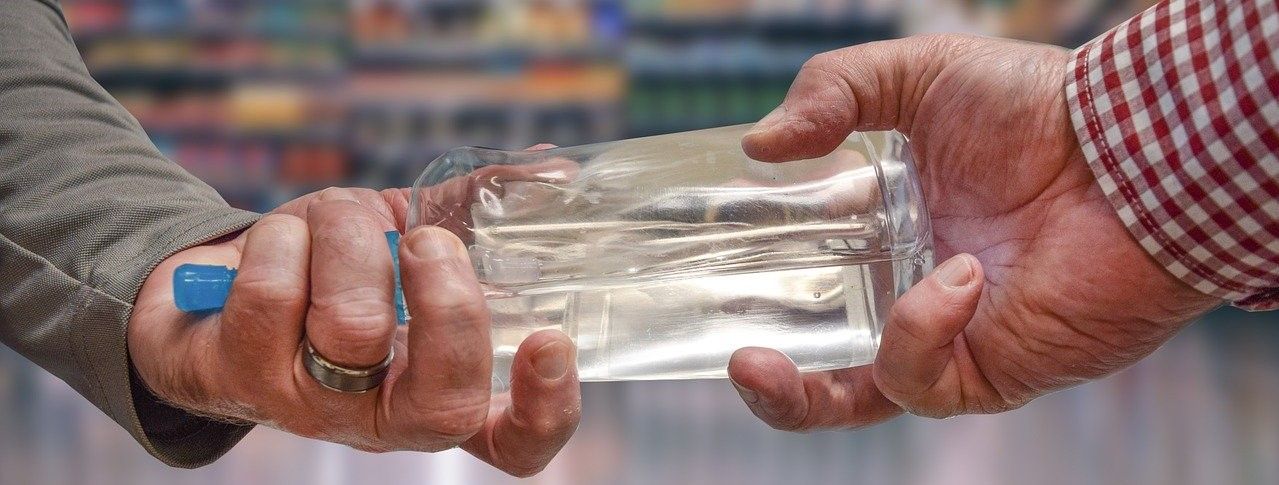The key ingredient in most hand sanitizers is alcohol.
Alcohols destroy disease-causing agents, or pathogens, by breaking apart proteins, splitting cells into pieces or by corrupting a cell's metabolism, according to a 2019 ruling by the United States Food and Drug Administration (FDA), a product can be marketed as a hand sanitizer if it contains ethyl alcohol (also called ethanol), isopropyl alcohol (isopropanol) or benzalkonium chloride as the active ingredient.
Specifically, the FDA state that, “If soap and water are not available, the Center for Disease Control recommends using an alcohol-based hand sanitizer that contains at least 60 percent alcohol.”

Crucially, however, this decision was made prior to the coronavirus pandemic.
This means that today, hand sanitisers that use benzalkonium chloride as an active ingredient or have a low alcohol content by volume are no longer advisable.
In fact, some hand sanitising products have as little as 30% alcohol. While this may kill some of the bacteria and viruses, repeated studies have shown that as the quantity of alcohol in the product increases, so does the pathogen-killing ability, up to a point of about 90-95% concentration when alcohol’s effectiveness reaches its peak.
Unfortunately, such strong hand sanitisers can also be damaging to the skin, particularly if used as frequently as recommended. For this reason, a more practical level of alcohol content in a skin sanitiser is between 75 and 80%.
Consumers should be wary of hand sanitisers that are homemade, often with drinking alcohol as the effective ingredient. While stronger drinks can contain very high alcohol content, they are not designed to be used for making hand sanitiser and should only be used as a last resort.
The other most significant ingredient to avoid is methanol (also called wood alcohol), which has been banned in most countries for use in sanitising products as it is dangerous when ingested, when fumes are inhaled, and even when absorbed through the skin. Symptoms of methanol poisoning include headaches, rashes, cracking of the skin, vomiting, nausea, blindness, coma, and, if consumed in large enough quantities, death.

Some hand sanitisers include fragrances which can make using them less offensive to the nose. Others are organic, although this does not improve their effectiveness against germs and viruses. Others include ingredients that may help to make them kinder to the skin, such as aloe vera or essential oils. While these fillers can offer some advantages, it is important that the quantity used does not negatively impact the alcoholic strength of the product.
Those suffering from cracked or dried skin from frequent hand washing or from the use of hand gels are advised to use a moisturiser or cream on the affected skin once cleaning or disinfecting is complete.
Consumers can also check that their hand sanitisers have not been banned either through the EU’s RAPEX system for reporting faulty or dangerous non-food goods or by matching their product against the US FDA’s list of more than 100 banned hand sanitising products.
The final advice, if unsure, is to use a respected brand of hand sanitiser to ensure that you are using only quality products with the correct ingredients mixed at effective levels.
AG PROTECT, who support this webpage, have a large range of hand gels and sanitising products, all of which meet EU standards.
To find out which products are available for keeping you and yourself virus free, visit; AG PROTECT.
Photo credit: mohamed Hassan from Pixabay, Mostafa Elturkey from Pixabay, & Harvey Boyd from Pixabay